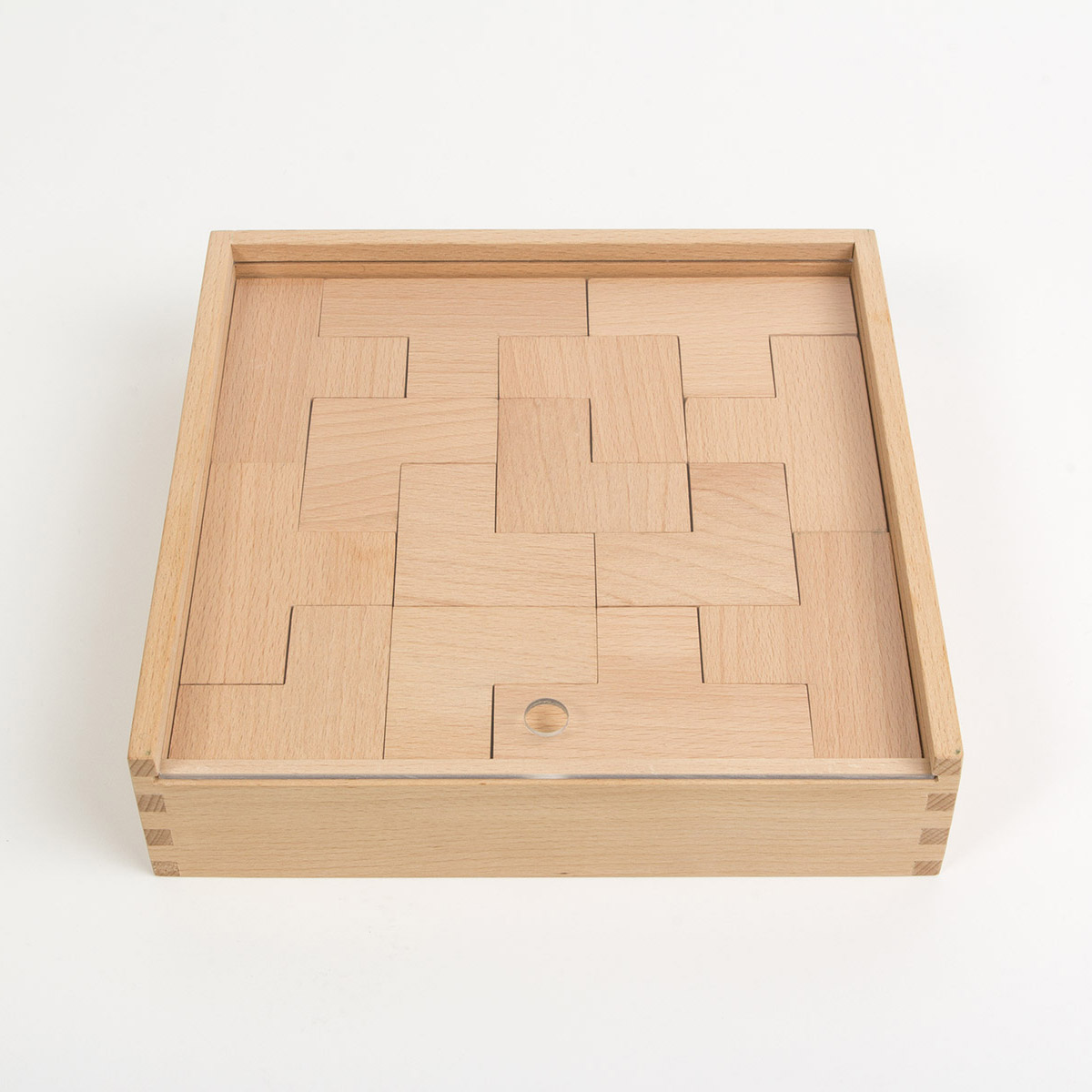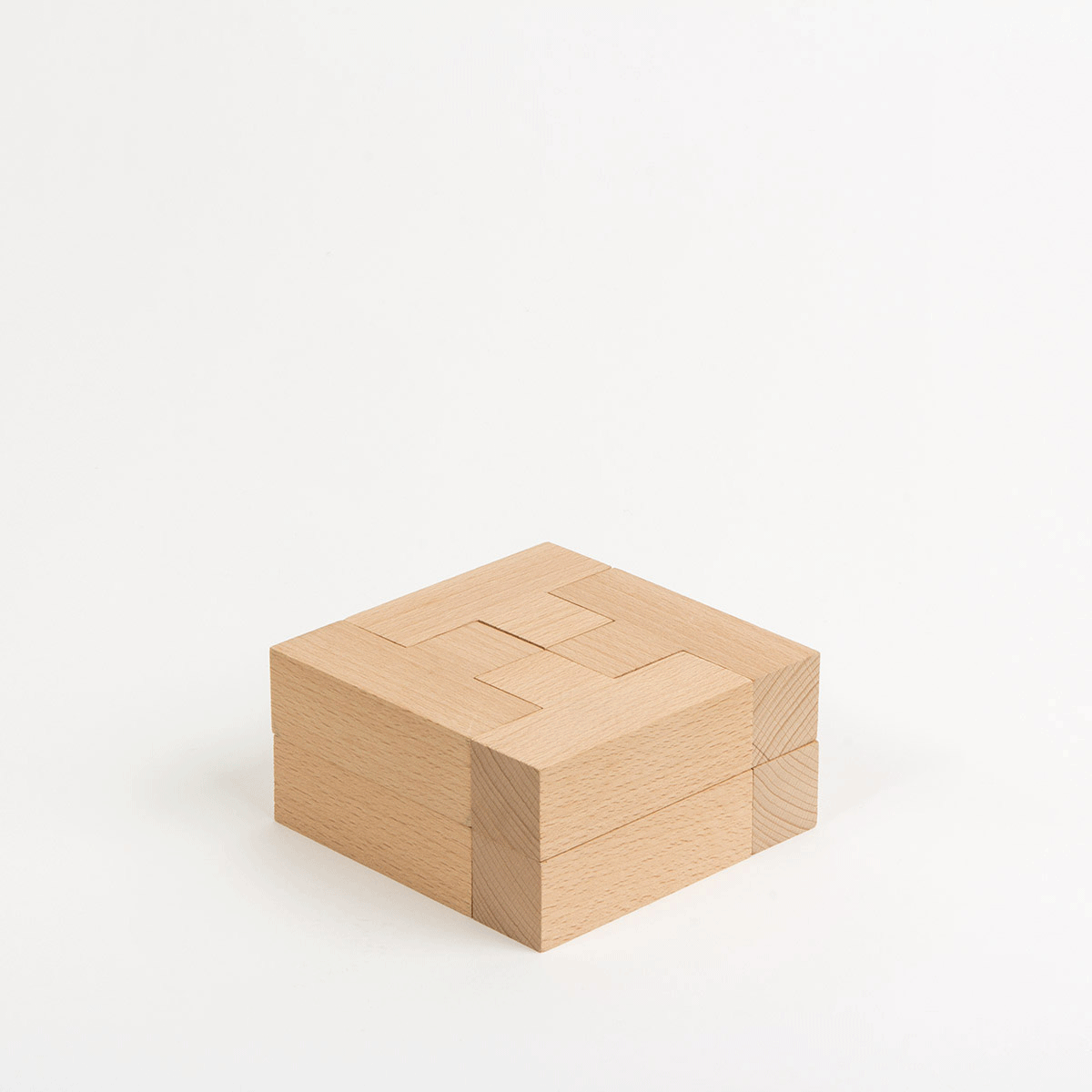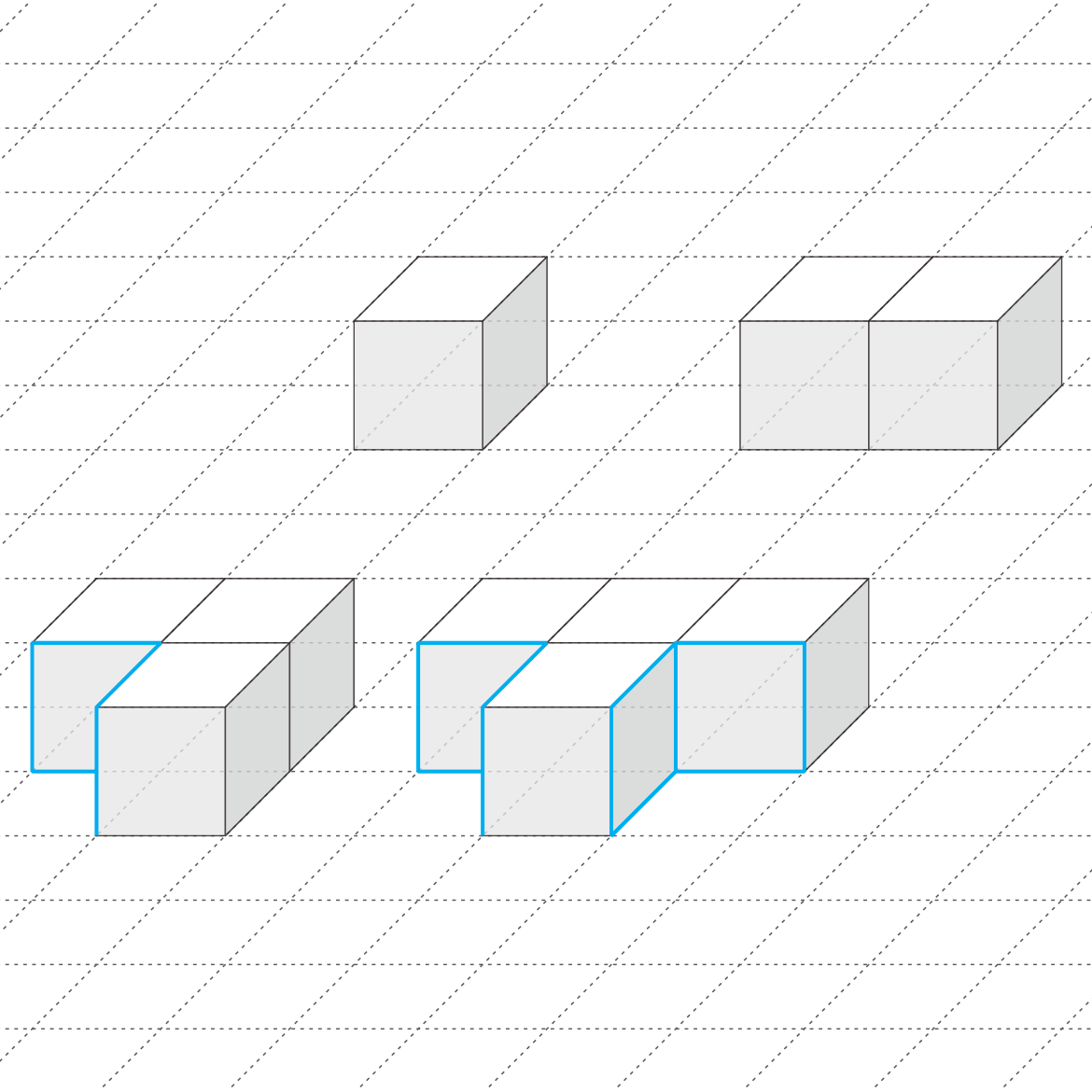
 |




The TYLR building system is derived from a basic cubic grid measuring 1.25 in x 1.25 in x 1.25 in, and its foundation is the observation that most geometric forms are inherently
closed static inert complete.
The square, the rectangle, the cube—these forms are visually and structurally impenetrable and offer no ready means for manipulation. The TYLR system, in contrast, finds the two simplest geometric shapes whose forms are
open dynamic reactive incomplete
and builds an environment of play centered around these forms. The forms fit together like puzzle pieces and yet remain completely open and undefined.
closed static inert complete.
The square, the rectangle, the cube—these forms are visually and structurally impenetrable and offer no ready means for manipulation. The TYLR system, in contrast, finds the two simplest geometric shapes whose forms are
open dynamic reactive incomplete
and builds an environment of play centered around these forms. The forms fit together like puzzle pieces and yet remain completely open and undefined.




Appearance = material = structure
TYLR blocks teach the basic principles of construction, mathematics, balance, and volume. Mixing blocks of different materials teaches principles of texture, pattern, harmony, and friction. The blocks' simplicity allows them to adapt limitlessly to the builder's imagination. The strictly limited set of variables—two simple shapes, in thoughtfully selected materials—avoids an over-
determination of form that would limit learning and imagination.
TYLR = system + form
The blocks are infinitely scalable. Children can sculpt unusual landscapes and creatures, and architects can use the blocks for small-scale explorations of larger conceptual spaces.
TYLR blocks teach the basic principles of construction, mathematics, balance, and volume. Mixing blocks of different materials teaches principles of texture, pattern, harmony, and friction. The blocks' simplicity allows them to adapt limitlessly to the builder's imagination. The strictly limited set of variables—two simple shapes, in thoughtfully selected materials—avoids an over-
determination of form that would limit learning and imagination.
TYLR = system + form
The blocks are infinitely scalable. Children can sculpt unusual landscapes and creatures, and architects can use the blocks for small-scale explorations of larger conceptual spaces.


TYLR blocks are planned for distribution in 2015 and will be available in small palettes, each consisting of a set of 14 blocks (7 each of the T and L shapes). The blocks will be released initially in solid beech and subsequently in mixed sets of beech, lucite, plastic, and felt. Later releases of the TYLR blocks will also feature limited edition materials such as ceramic and cork. Each palette comes packaged in a custom boxed constructed of solid beech and plexiglass. The bottom panel of the box is etched with a 1.25-inch grid and serves as a building platform.
The TYLR system is a project of Dowland.
To request additional information about the TYLR blocks, please contact:
The TYLR system is a project of Dowland.
To request additional information about the TYLR blocks, please contact:


© Dowland |
